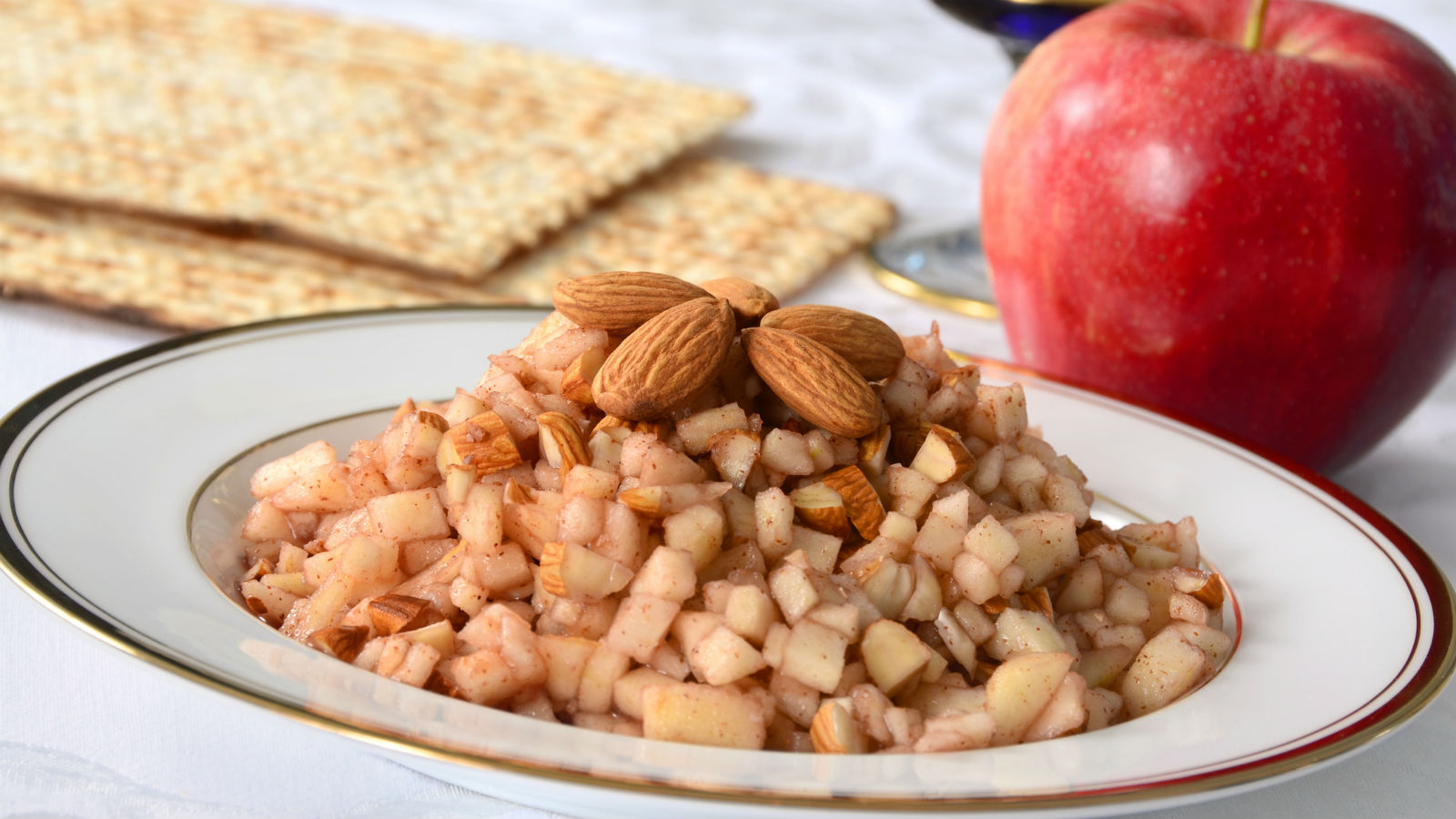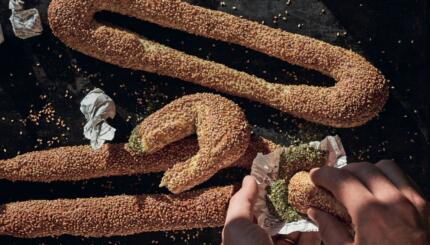While many American Jews associate haroset with the apple, walnut and sweet wine variety that originated in Eastern Europe, haroset recipes are as varied as Jews and Jewish food. Whether haroset is made with apples, dried fruit, spices or sweet wine, the symbolism of the haroset is an integral (and delicious) part of the Passover seder.
Try serving more than one haroset at your Passover celebration this year!
Haroset from Egypt, with dates and yellow raisins
The Nosher celebrates the traditions and recipes that have brought Jews together for centuries. Donate today to keep The Nosher's stories and recipes accessible to all.
Haroset from Italy, with pine nuts, ground almonds, prunes and yellow raisins
Haroset from Morocco, with dates, cinnamon and ground cloves
Haroset from Piedmont, with chestnuts, almonds and orange juice
Sephardi-style Haroset from Israel, with dates, figs, cinnamon and cardamom
Haroset from Turkey, with apples, dates, walnuts and raisins
Ashkenazi
Pronounced: AHSH-ken-AH-zee, Origin: Hebrew, Jews of Central and Eastern European origin.
kugel
Prounounced: KOO-gull (oo as in book), Origin: Yiddish, traditional Ashkenazi casserole frequently made with egg noodles or potatoes.



